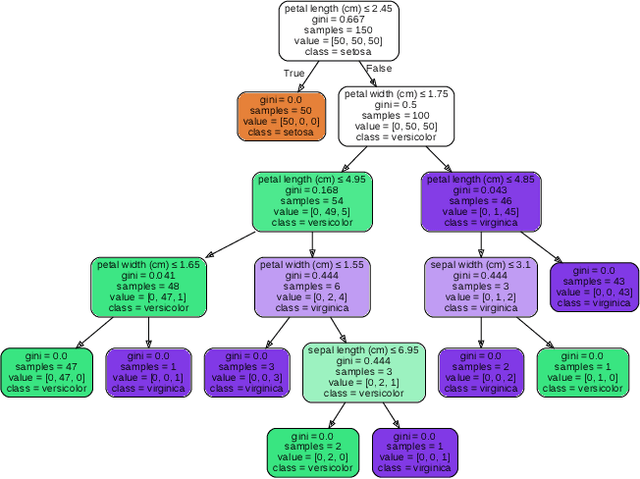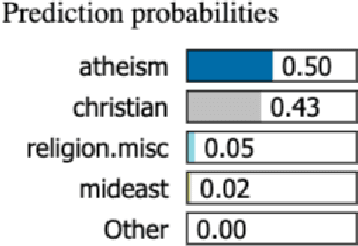Qini Zhang
Towards Achieving Human Parity on End-to-end Simultaneous Speech Translation via LLM Agent
Jul 31, 2024



Abstract:In this paper, we present Cross Language Agent -- Simultaneous Interpretation, CLASI, a high-quality and human-like Simultaneous Speech Translation (SiST) System. Inspired by professional human interpreters, we utilize a novel data-driven read-write strategy to balance the translation quality and latency. To address the challenge of translating in-domain terminologies, CLASI employs a multi-modal retrieving module to obtain relevant information to augment the translation. Supported by LLMs, our approach can generate error-tolerated translation by considering the input audio, historical context, and retrieved information. Experimental results show that our system outperforms other systems by significant margins. Aligned with professional human interpreters, we evaluate CLASI with a better human evaluation metric, valid information proportion (VIP), which measures the amount of information that can be successfully conveyed to the listeners. In the real-world scenarios, where the speeches are often disfluent, informal, and unclear, CLASI achieves VIP of 81.3% and 78.0% for Chinese-to-English and English-to-Chinese translation directions, respectively. In contrast, state-of-the-art commercial or open-source systems only achieve 35.4% and 41.6%. On the extremely hard dataset, where other systems achieve under 13% VIP, CLASI can still achieve 70% VIP.
The Need for Standardized Explainability
Oct 23, 2020



Abstract:Explainable AI (XAI) is paramount in industry-grade AI; however existing methods fail to address this necessity, in part due to a lack of standardisation of explainability methods. The purpose of this paper is to offer a perspective on the current state of the area of explainability, and to provide novel definitions for Explainability and Interpretability to begin standardising this area of research. To do so, we provide an overview of the literature on explainability, and of the existing methods that are already implemented. Finally, we offer a tentative taxonomy of the different explainability methods, opening the door to future research.
 Add to Chrome
Add to Chrome Add to Firefox
Add to Firefox Add to Edge
Add to Edge